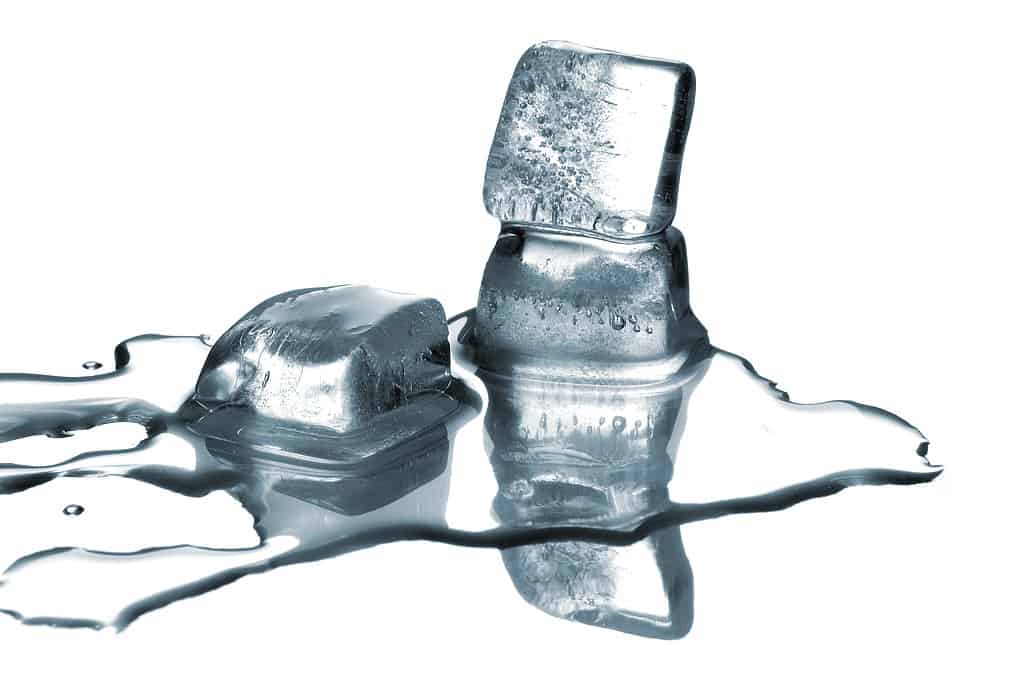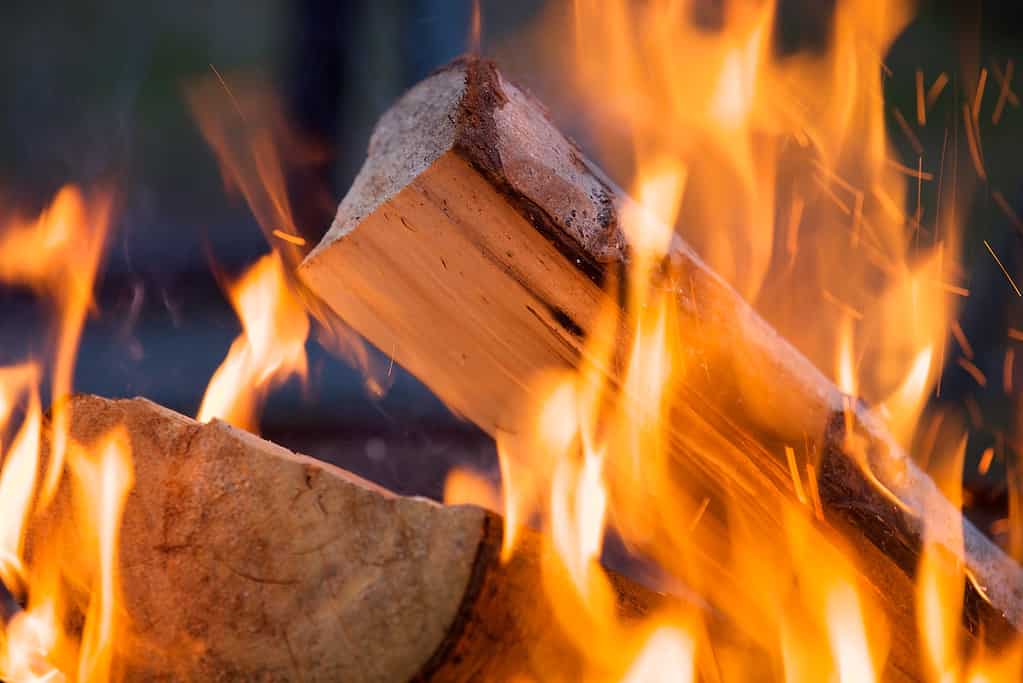Endothermic vs. exothermic reactions: What makes them different?
Endothermic reactions are like a sponge. They absorb the energy from their surroundings. Exothermic or like a fire extinguisher, they release energy to the surroundings. What else should you know about these two essential chemistry concepts? Follow along to find out.
Why It Matters
We couldn’t exist without endothermic or exothermic reactions. They’re responsible for all biological processes, like digestion and respiration. They even help with photosynthesis. You can also find endothermic and exothermic reactions out in nature. Forest fires, cloud formations, and volcanic eruptions are all involved in these reactions.
Refrigeration Systems
Researching endothermic and exothermic reactions has helped develop refrigeration systems, chemical manufacturing processes, and batteries. And the list doesn’t stop there. Specific endothermic reactions can dissolve ammonium nitrate and water. This helps create medical-grade cold packs. Exothermic reactions are responsible for the combustion of gasoline.
Manufacturing and Transportation
Manufacturing and transportation, and energy production all involved endothermic and exothermic reactions. Sometimes these reactions can have negative environmental impacts on air and water quality. And other times, they’re harmless. Let’s look at a few examples to help you understand how endothermic and exothermic reactions fit into the real world.
Examples of Endothermic Reactions
When you think of endothermic reactions, think of energy being absorbed. Here are a few examples:
- Sweating
- Melting ice
- Photosynthesis
- Boiling water
- Making an omelet
You experience an endothermic reaction when you sweat. Your skin temperature decreases as the sweat evaporates. The cooling effect happens because heat is absorbed from the body and skin to encourage sweating.

Melting ice is an example of an endothermic reaction.
©iStock.com/mcech
Another example of an endothermic reaction is when you cook something. When you put a pan on top of the oven and turn on the heat, the pan absorbs the heat. The surrounding area is cooler because of the endothermic reaction taking place.
Examples of Exothermic Reactions
When you think of exothermic reactions, picture energy being released. Here are a few examples:
- Gas lamps
- Burning wood
- Respiration
- Rusting iron
The neutralization of an acid with a base is another great example. This happens with carbide lights. Carbide lights are a great resource when you want to study chemistry concepts. The reaction that occurs allows you to review the differences between chemical and physical changes.
Over the last 100 years, carbide lights or gas lamps have barely changed. These lights were traditionally carried by a handle or mounted on a helmet. Cave explorers and spelunkers rely on carbide lights. Along with light, these lamps provide the heat they need to warm drinks and prevent hypothermia.

Burning wood is an example of an exothermic reaction.
©iStock.com/Vitelle
The reaction of calcium carbide and water powers gas lamps. They’re a great example of an exothermic reaction. When the water and carbide react, a lot of heat is produced. The heat you feel is from a chemical reaction, not just the flame.
What Is the Enthalpy of a Reaction?
When you’re studying endothermic vs. exothermic reactions, you’ll read a lot about enthalpy. Enthalpy is a way of measuring the response.
Enthalpy measures the heat energy released or absorbed. Endothermic reactions absorb energy; exothermic reactions release energy, and enthalpy can measure both.
The difference between the products’ enthalpy and reactants’ enthalpy matters. This is enthalpy change. If the enthalpy change is negative, the reaction is exothermic. If the enthalpy change is positive, the reaction is endothermic.
Fast Review
Enthalpy measures the heat energy released or absorbed. Exothermic reactions release heat energy. They cause a negative enthalpy change. Endothermic reactions absorb heat energy. They cause a positive enthalpy change.
What Are Energy Conversions?
When energy changes from one form to another, it’s energy conversion. These transformations happen in chemical reactions when something absorbs or releases energy. For instance, chemical potential energy transforms into thermal energy during an exothermic reaction. This is a type of energy conversion. The energy began as chemical and transformed into heat.
Final Thoughts on Endothermic vs. Exothermic Reactions
Now you understand some of the essential concepts about endothermic vs. exothermic reactions. Taking the time to learn about endothermic and exothermic reactions helps expand your view of the world. As you can see, these reactions play an important role in everyday processes.
The more we learn about these reactions, the easier to develop new and better technology. For instance, we can discover how endothermic and exothermic reactions can assist with developing sustainable energy solutions. The type of solutions that minimize negative impacts on the environment.
The photo featured at the top of this post is ©
Thank you for reading! Have some feedback for us? Contact the AZ Animals editorial team.







